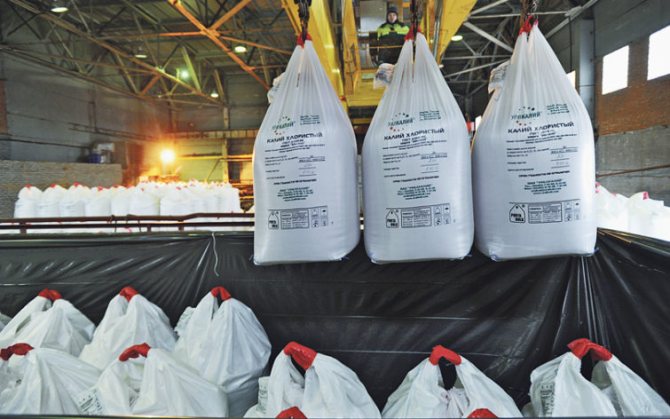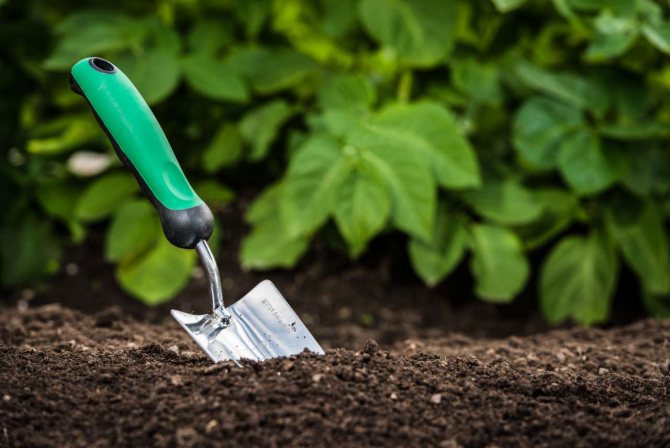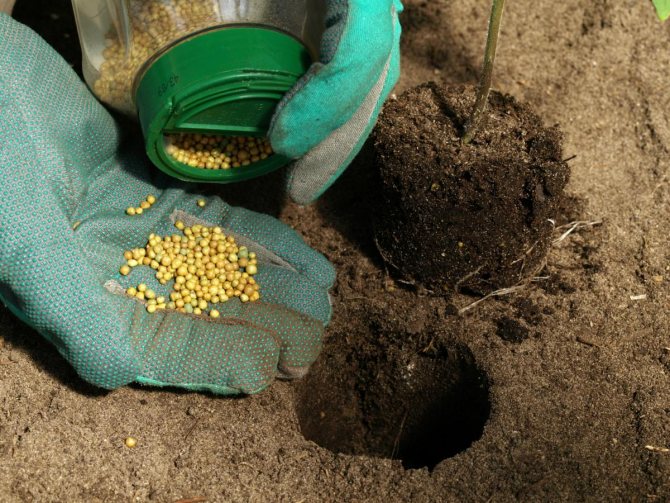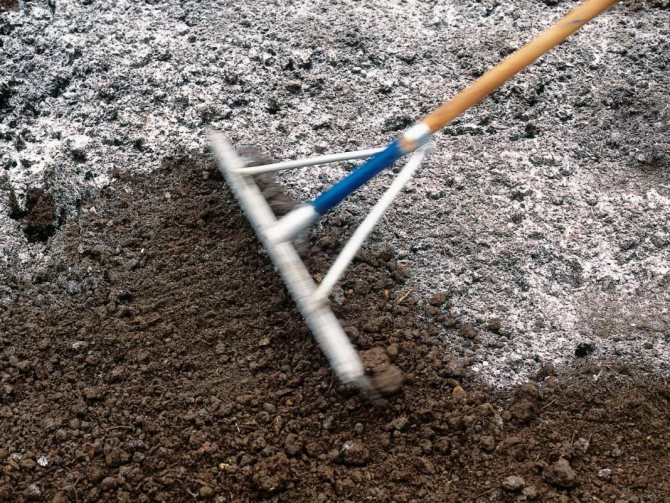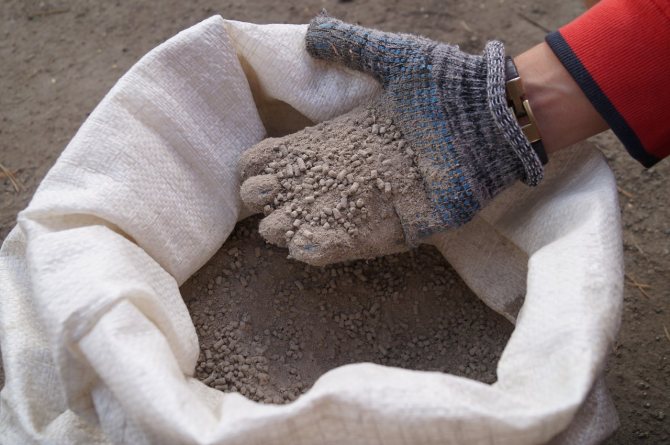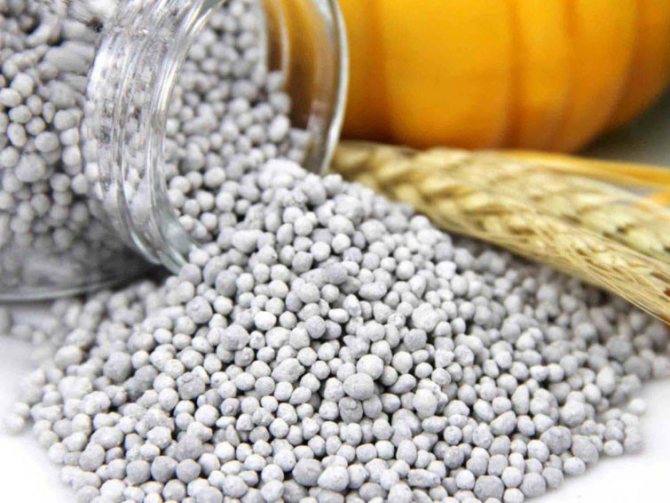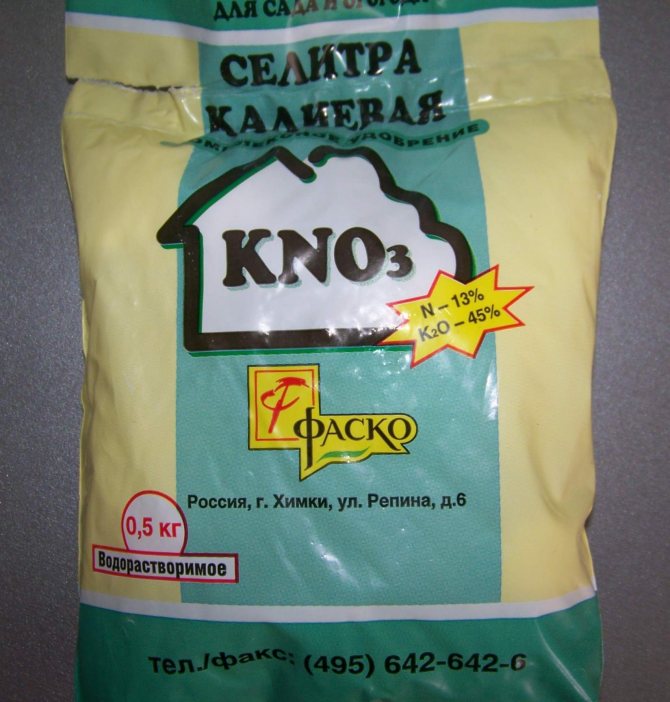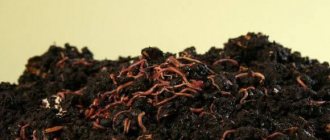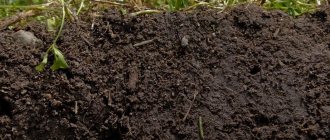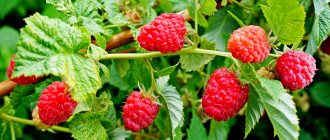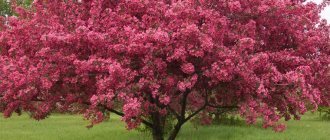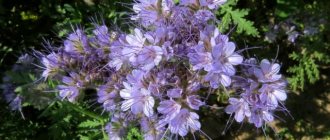Category: Mineral fertilizers Read: 10 min Views: 85
Either organic or mineral fertilizers are selected as top dressing. Organic matter is useful and practically safe for crops. But you need to use organic matter correctly - neglecting the basics of making the compositions negatively affects the crops. Mineral compositions are more often used in vegetable gardens and dachas, their advantage is in efficiency and instantaneous results. But how to choose a mineral fertilizer?

What is mineral fertilizers
Mineral fertilizers - substances in which the concentration of substances is high, gives the desired effect. When choosing a mineral water, attention is paid to the composition of the substance, since the characteristics of each drug are different. The tools can be complex or simple. It depends on the availability of nutrients.
The use of mineral water is definitely more profitable. There are many reasons:
- it is necessary to make small doses;
- you can select the required composition after conducting a thorough analysis of the soil;
- the effect is much faster than when using organic fertilizers due to the high concentration of elements.
The chemical industry does not stand still, therefore, the types and types of mineral complexes are regularly improved.
To date, stores offer more than a hundred items, which are additionally divided into types:
- complex;
- one-sided;
- dry and liquid;
- solid and gaseous.
With the help of regular application, correct breeding, accurate selection, the farmer solves problems with the growth, development of crops, and feeds the soil for a long time.
Mineral fertilizers are inorganic compounds, but the composition contains the necessary elements for nutrition, maintenance of cultivated plants.
Liquid complexes are popular. They contain not only three main components (nitrogen / potassium / phosphorus), but also additional vital elements: boron, calcium, and others.
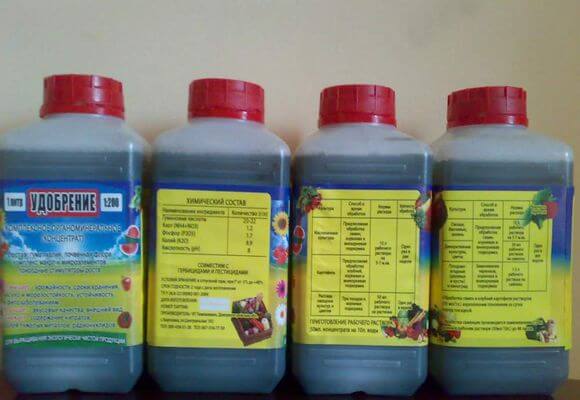

Microfertilizers
Separately, it is worth considering another group of inorganic fertilizers - microfertilizers. They contain various trace elements: copper, zinc, manganese, molybdenum, iodine, iron, boron, etc. They are used only when the soil contains few trace elements. For example, there is almost no copper in peat, and there is no molybdenum in sod-podzolic ones.
You may be interested in: Potassium chloride fertilizer. Use in agricultural technology
Microfertilizers are usually used to treat seed. They promote the development of roots, increase their immunity, as well as yield.
The most popular are:
- "Master". Used as a mineral fertilizer for flowers.
- "Oracle". Used for feeding berry bushes, lawns and flowers.
- Sizam. Great for growing cabbage and garlic.
As a rule, micronutrient fertilizers are used separately, which makes it possible to accurately calculate the dosage. In this case, the plants will receive proper nutrition, without unnecessary and additional chemicals.
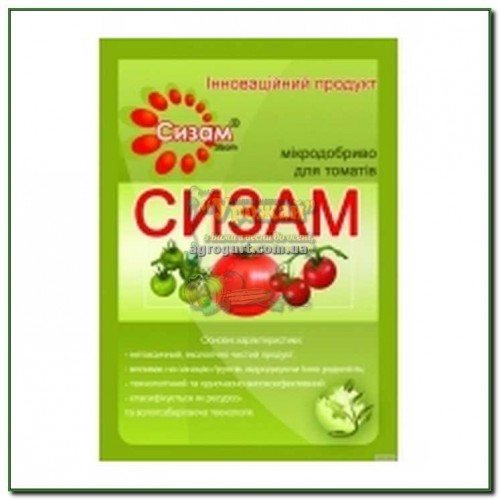

Advantages and disadvantages of using
Gardeners and summer residents often refuse to use mineral fertilizers. Explaining this by the fact that organic or natural applications bring more benefits, they are completely harmless.
In fact, organic matter can cause serious damage to the development, taste of fruits. After all, instructions are not attached to them, and after the preparation of liquid natural dressings, it is impossible to track the percentage of the constituent substances.
Mineral dressings are designed in such a way that the percentage of trace elements in the composition cannot harm. The package contains instructions for use, recommended doses.
The positive aspects of using mineral fertilizers are called:
- accelerate the ripening of fruits, which leads to timely harvesting, regardless of weather and climatic conditions;
- enriches, normalizes the composition of the soil;
- strengthens the immune system, promotes improved absorption of nutrients from the outside;
- increases winter hardiness, endurance;
- have a high nutritional value;
- economy of use, which allows you to process a large area.
In plant growing, mineral fertilizers can bring not only benefits, but also harm. This is due to the fault of the farmer / gardener. Inappropriate material selection, substandard fertilization, or over-application kills the crop instead of helping it thrive.
Another disadvantage of using mineral fertilizers is the need for additional feeding procedures, they cannot become the only source of nutrition. Therefore, it is recommended to alternate with organic matter.
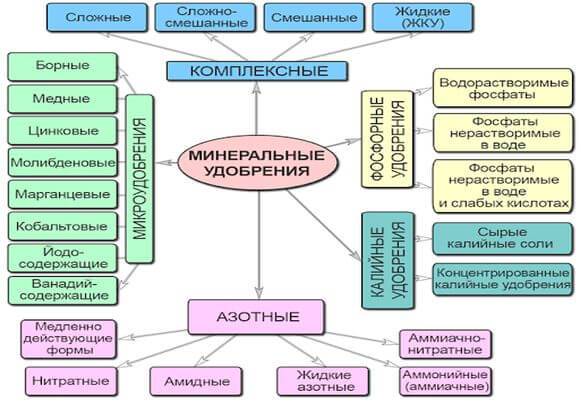

Phosphoric
significantly accelerate flowering and fruit setting. Phosphorus is usually embedded in the soil when
in autumn or early spring. It is poorly soluble in water: the period from introduction into the soil to reaching the roots will be 1.5-2 months.
Phosphate fertilizers accelerate flowering and fruit setting
Here are some of the most popular types of phosphate fertilizers:
- simple superphosphate - a water-soluble fertilizer that contains gypsum and sulfur, used for all types of soils. It can be poured into rows and holes, or it can be used in top dressing. Contains from 14% to 20% phosphorus and is usually applied under berry bushes and fruit trees;
- double superphosphate is a simple fertilizer that is highly soluble in water. Contains sulfur and phosphorus (45% -50%), applied under berry bushes and fruit trees;
- phosphate rock - hardly soluble fertilizer, contains up to 25% phosphorus. It is applied only to acidic soils, since phosphorus becomes available to plants only under the influence of acid. Phosphorite flour, introduced into the soil in increased doses, provides plants with phosphorus for several years.
Phosphate fertilizers are a type of mineral dressing that contains 20% phosphoric anhydride. Superphosphate is the best mineral fertilizer. The superphosphate composition is natural. It can be used for any type of soil that needs this substance. It is worth adding it during the development of crop growth with a high level of moisture in the ground.


Phosphate fertilizers
Another popular type of phosphate fertilizer is phosphate rock. It is used on acidic soil for the active growth of fruit and vegetable and cereal crops.
Varieties and purpose
Mineral fats are different. So one product can be simple, while another is complex. The variety of top dressing plays an important role.
There are nitrogen, phosphorus, potash and complex. They also offer micronutrient fertilizers. The benefits of each are different, although the direction, the tasks are the same - to improve the condition of the plant at a certain stage of development.
Monopreparations consist of only one substance. For complex, which are considered basic, select several constituent ingredients.
Table: compatibility of mineral fertilizers
Regular fertilization helps crops develop.But the question arises as to which drugs can be combined with each other. And also how safe is it to fertilize the plant after using popular organic substances. Indeed, it is recommended to alternate feeding the plants during the growing season.
The proposed table contains data on the compatibility of popular mineral complexes, fertilizers, organics.
More precise information on the application, the sequence can be found on the packaging with the purchased product. In the absence of such data, it is impossible to buy substances for application. This indicates a counterfeit product.


Potash
Potash fertilizers are used in the autumn, when the site has to be digged. Can be used for potatoes, beets and various cereals. Potassium sulfate or potassium sulfate is an excellent food for plants that lack potassium. It contains no impurities such as sodium, magnesium and chlorine. It is worth using potassium sulfate for melons, when the formation of fruits occurs.
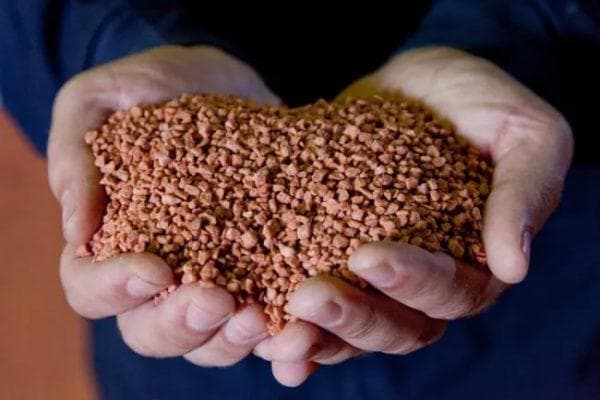

Potash fertilizers
The potassium salt contains two chloride components —KCl + NaCl. It is used in various agro-industrial complexes. Potassium salt is to be added in the spring. Use for feeding various types of berry crops. Send 20 g of fertilizer under the bush. But in the fall, distribute the substance over the surface before digging up the area. The amount of potassium chloride will be 20-25 g / m2, and potassium sulfate - 25-30 g / m2.
How urea fertilizer is used in the garden for strawberries, and how effective this tool is, this article will help to understand.
But what fertilizers for strawberries in the spring to increase the yield should be used first of all, it is indicated here.
How to use chicken manure as fertilizer, and how effective this tool is, is described in this article.
Release forms and specifics of use
Mineral fertilizers are produced in three forms: liquid, solid (granules, crystals, powder) and gas. The latter are practically not used in the garden due to the complexity of the introduction.
You will need special equipment that will allow the fertilizer mixture to be introduced into the soil 20-30 cm deep. Fertilizers in liquid form have been and remain promising and in demand.
Liquid
Mineral complexes are more popular in liquid form. It is easy to work with them, breed. It remains to clarify how to make the correct deposit. Especially when it comes to nitrogen mixtures, which contain ammonia.
Advantages: low costs, the presence of a mass of useful components, suitable for all crops in the garden and vegetable garden. Negative points: the mandatory purchase of specials. technology, with the help of which, some of the liquid complexes are explosive.
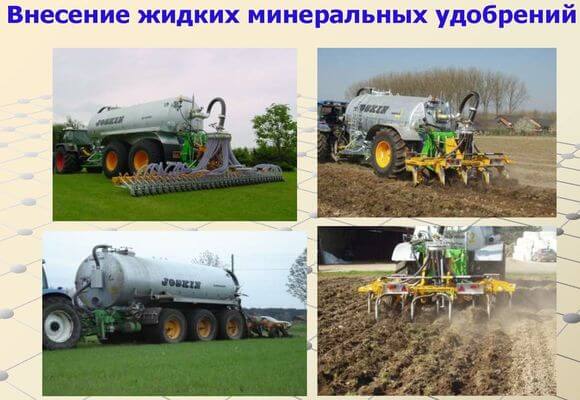

Dry
Most often, mineral fertilizers are produced in dry form. The best option if the mixture is in the form of granules. For example, nitroammophoska, superphosphates.
Application methods: dry and diluted in water. 90% of mixtures are water-soluble. Granular powder is used for digging in the fall to achieve long-term saturation with nutrients in the soil.
Purpose of inorganic fertilizers
Farmers who are skeptical about chemical fertilizers prefer to treat their plots with organic analogues that contain a small amount of nutrients. Various crops, berries, vegetables and shrubs require wide range of elements for optimal growth and high yields. In different soils, some of its elements may be lacking:
- manganese and iron - in clay;
- copper - in peat;
- zinc - in marshy and sour;
- potassium, magnesium and nitrogen - in sandstones.
The lack of elements can manifest itself in a change in the color of the foliage, a change in the shape and size of the fruit. In this case, it is necessary feed... Mineral fertilizers can be single-component or combined. The beneficial elements contained in mineral salts help:


increase productivity;- protect plantings from pests;
- strengthen plants;
- restore the soil;
- stimulate nutrition and growth;
- protect against weeds;
- strengthen immunity;
- improve the quality of the fruit.
Vegetables and fruits can be harmful to humans only if the scheme of processing with mineral fertilizers, when growing these plants, has been violated. Tukey can be introduced into cold ground without problems and work at low temperatures. Do not use too large doses of liquid fertilizers. In the remaining 15-20 days before harvest, any processing and feeding are stopped in order to avoid poisoning of fruits, tubers and berries.
Properly applied mineral fertilizers contribute to the growth of bright flowers, an improvement in taste, and a high yield. Their types and characteristics differ depending on the composition of substances, concentration, types of treated plants.
General application tips
In addition to the selection and study of the composition, the shelf life of the fertilizer, it is necessary to know and apply the breeding technology, the calculation of norms for applying to the land plot.
In the recommendations from the manufacturer there is a table of dilution by quadrature, namely per square meter. This is not enough for the desired effect. You will need to decide on the method of feeding, take into account the type of soil.
There are only three application options:
- Top dressing during the growing season (crops) and budding (flowers).
- Pre-sowing (directly during sowing, planting seedlings).
- Basic (soil restoration after harvest).
How to calculate the application rate?
Every gardener knows how many acres on the land plot. Naturally, sowing, planting of seedlings does not take place over the entire area. Therefore, when calculating the dose for breeding, the footage is reduced so as not to harm the plants.
The rule: "the less, the better", no one cancels. If the fertilizers applied are not enough, you can always additionally add mineral water or organic matter.
Taking into account the type of soil, we obtain the following data for application per square meter:


But these norms are not suitable for all types of mineral fertilizers. Therefore, for an error-free feeding of plants, we combine the data on the soil and the recommended doses for the names of fertilizers.
The table offers methods of introduction, features of use:
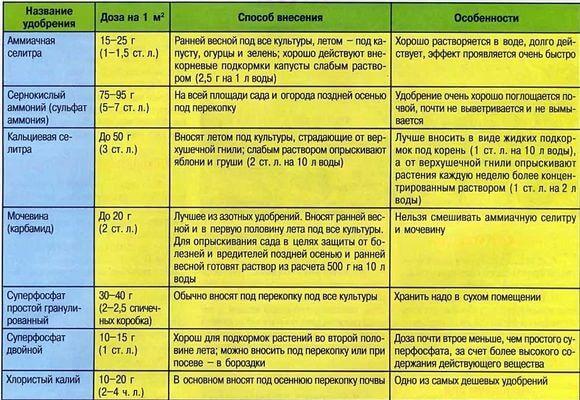

Application features and recommended doses
The lack of certain substances is often reflected in the appearance of the plant. The following signs may indicate a deficiency:
- the lower leaves dry and die off, growth is slowed down (lack of nitrogen);
- foliage is colored grayish or reddish (phosphorus deficiency);
- the seeds do not germinate well, the plant is often sick, the lower foliage turns yellow at the edges, turns brown and falls off (lack of potassium);
- apple trees form a small rosette (zinc deficiency);
- greens grow dull (magnesium deficiency).
The preparations are applied in dissolved form by watering or mixed with the soil while digging. Some fertilizers cannot be mixed with each other:
- urea is incompatible with manure, lime, ammonium nitrate and simple superphosphate;
- ammonium sulfate is used separately from chalk and dolomite;
- simple superphosphate cannot be mixed with ammonium nitrate, lime and urea;
- potash salt is not compatible with chalk and dolomite.
By referring to the table, you can calculate the fertilization rates for various horticultural crops.
It is better to purchase fertilizers based on minerals from trusted manufacturers. Well-proven products , Agricola and Kemira.
Terms and schemes of feeding
There is a whole system, thanks to which mineral fertilizers work more efficiently.The most suitable time for soil mineralization is plowing, i.e. spring.
The introduced useful microelements help the plants at the initial stage to receive the necessary support for the growing season.
If it comes to substances that contain chlorine, then the introduction is carried out before winter so that the dangerous ingredient evaporates as much as possible, leaving behind only positive qualities.
Complex-mixed
Mostly complex-mixed types are liquid or powdery mineral fertilizers, which are obtained by combining several simple components in the form of a powder. Then a solution of ammonia, sulfur or nitrogen is added. The most widely used options are ammonium nitrate, phosphates and potassium chloride.
Complex-mixed types are similar in composition to complex fertilizers, their cost is approximately identical. The most expensive options contain superphosphate. The technique has several advantages:
- you can prepare a variety of mixtures of substances;
- mixing can be done anywhere;
- the formula of the substance is selected for various types of soils;
- wide range of uses.
Complex-mixed types include compositions of nitrophoses and nitrophoses, which are mined during the transformation of phosphorite or apatite. They are used before sowing activities, and also fit into the holes.


Complex mixed types of fertilizers
During the manipulations, carbammophos is obtained, which is a compound of nitrogen and ammonia. The use of these substances is relevant in large enterprises that need to cultivate large areas of land.
Precautions
Mineral fertilizers are used as basic fertilizers and as top dressing. During the growing season, the gardener actively uses them. But there are subtleties, features of using tuk. It's not just storage. Compliance with literal safety rules for everything that mineral fertilizers will come into contact with:
- Individual containers for fertilization are recommended. They are provided with special storage. Do not use for eating, preparing other chemical, organic substances. This rule helps to reduce hazardous substances in the soil. The consequences of combining a number of chemicals lead to crop loss.
- Storage of fertilizers is recommended in the original packaging. Therefore, when opening, you must be careful not to damage the container.
- If the mineral water is caked, you can always pass it through a sieve. Fertilizer restoration work is carried out in special protective clothing. The recommended sieve diameter is 3 to 5 mm.
- In order to prevent an excess of trace elements, a soil study is carried out to identify a lack of elements for plant nutrition.
- Avoid getting liquid on the green part.
- The increase in yield depends on the correct cultivation, application, combination of fertilizers. Fertile land becomes only when alternating with organic matter.
Mineral fats and mixes are preparations that increase the yield percentage without harm to the human body.
Improves the taste of vegetables and fruits. But this is achieved by observing safety measures, proper dilution of chemicals.
Nitrogen
In spring, the soil may not contain enough nitrogen. This negatively affects the growth of plants, as sometimes they may stop growing altogether. Nitrogen deficiency can be recognized by signs such as pale and small foliage, weak shoots. Crops such as potatoes, tomatoes, apple trees and strawberries react negatively to the lack of nitrogen in the soil.
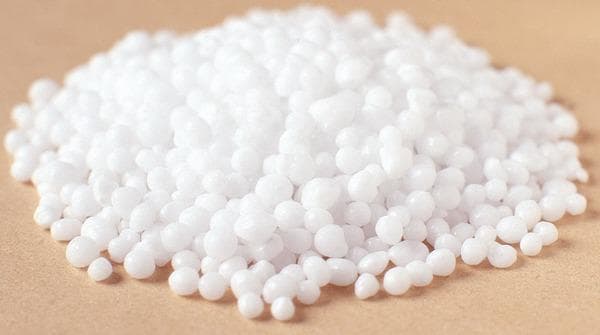

Mineral fertilizers
Among the wide variety of nitrogen supplements, the most popular are saltpeter and urea. These include:
- calcium sulfur;
- ammonium sulfate;
- sodium nitrate;
- azophoska;
- ammophos;
- nitroammophoska;
- diammonium phosphate.
Each of them has a different effect on the plant and soil.For example, urea makes the earth more acidic, but sodium nitrate has a positive effect on the growth of beets. The use of ammonium nitrate has a beneficial effect on the growth of onions, cucumbers, lettuce and cauliflower, and the use of nitroammofosk fertilizer is an excellent top dressing for various crops.
The video shows general information about nitrogen fertilizers:
When using nitrogen fertilizers, it must be remembered that they are the most dangerous among a wide variety of minerals. If nitrogen is present in an increased concentration, then plants will concentrate an excessive amount of nitrates in their tissues. But with the careful use of nitrogen fertilizing, taking into account the type of crop and the brand of fertilizer, you can get a high yield.
It is not yet recommended to apply nitrogen fertilizers in the fall. In this case, the rains will simply wash them away until spring. If you use urea, then its rate for vegetables will be 5-12 g / m2, trees and shrubs - 10-20 g / m2, tomatoes and beets - 20 g / m2.

